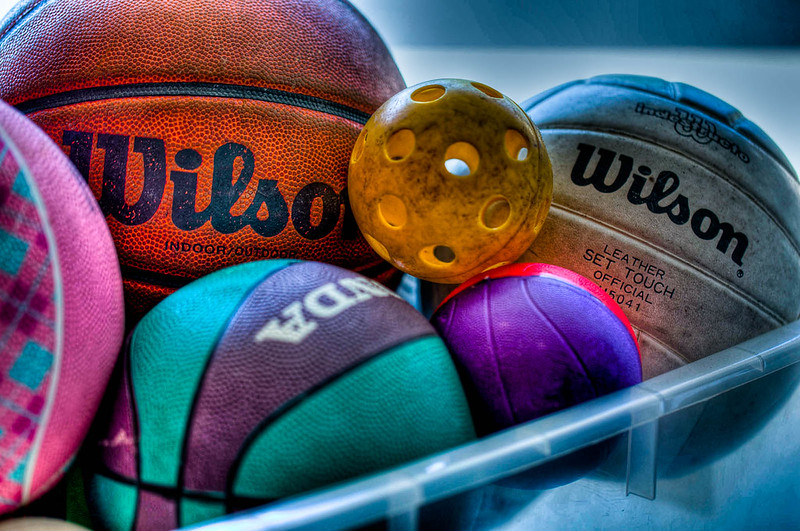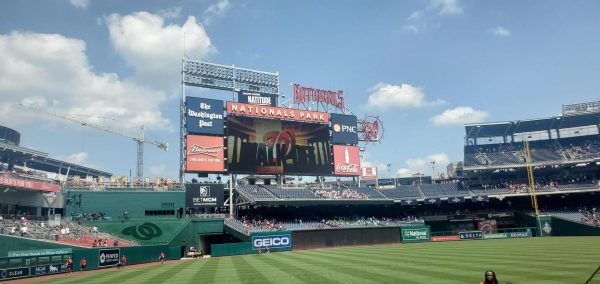THE FIGHT FOR OPPORTUNITY IN WOMEN’S SPORTS
Photo courtesy of Photographer:Alvin Trusty
The thrill of walking to the field, the fiery crowd, the glamorous lifestyle, the passion. These are all the unbelievable aspects of being a professional athlete.
Unfortunately for most women, this lifestyle will remain a dream, regardless of skill level.
Millions of girls participate in high school sports and more than 100,000 of them become collegiate athletes. Yet once they graduate, their brief career suddenly ends.
One reason for this occurrence is that there is a lack of competitive women’s sports leagues beyond the collegiate level. The most widely known one is the Women’s National Basketball Association (WNBA), which is actively looking to expand their twelve teams. Even with its success, the WNBA is still overshadowed by men’s sports. For instance, when the Washington Mystics won the championship in 2019, their parade was canceled due to the Nationals’ World Series win, and then the Covid-19 pandemic. Fortunately though, the WNBA has begun gathering a substantial amount of media attention, including a steady increase in views per game since 2021.
Similarly to many other fields, the wage gap is extremely prevalent in sports. In Major League Baseball, the average player makes nearly four and a half million dollars per year. In comparison, the average contract in the recently disbanded women’s softball league, National Pro Fastpitch (NPF), was just ten thousand per year.
Roxana Aviles, ESOL teacher, played division three softball and noted, “Unfortunately, most professional softball players only get a stipend, and it is not enough to cover the cost of living. These athletes must work other jobs while they play professionally.”
While in operation, NPF received little funding. The Washington Glory even played at Westfield in 2008 during George Mason University field’s construction. The team could not return the next season due to the Glory’s debt, the primary reason why women’s leagues are scarce. There is not enough revenue from tickets and merchandise to cover travel and other expenses of these high cost businesses.
This lack of revenue and opportunity does not stop player interest in leagues. Elizabeth Miller, 10, plays soccer for Westfield and mentioned she “would be interested” in a future soccer career but is considering her options.
Similarly, Aviles reflected, “My goal was always to play collegiate softball, playing professionally never seemed like a viable option for me. I would have considered a career as a professional athlete if I knew I could live off a professional softball player’s salary.” There are simply not enough opportunities in this field of work, leading to many cases where the lack of financial stability keeps players from continuing their athletic career.
Retired athletes commonly become color commentators or work in the office of their former team, which is becoming a more realistic possibility for women. “As a pro athlete, you can retire early and do what you want to later,” Maddi Luther, 9, pointed out as she considers a profession in softball. In the past two years, the NFL, NHL, and MLB have hired more female broadcasters than ever. The opening of these jobs can encourage many women to continue playing sports knowing that they can have a related career after retirement from their sport.
Although it is currently very difficult for women to become a professional athlete, surrounding career opportunities are rapidly opening up to improve the diversity in the sports workforce. In addition, awareness of the wage gap in the past decade has led to an improvement in wages for women in numerous occupations, including sports. As women’s sports gain more coverage, they will receive more revenue to add to salaries, leading to more companies wanting to sponsor prospering female athletes. It might not be perfected for a long time, but this is the start of equality in women’s sports.

I am a senior and Assistant Editor in Chief this year. This year is my third year writing for The Watchdog and sixth year working in journalism. I am a...




